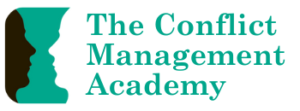In this book Snyder introduces his theory of hope thinking. You may recall that Claire Holland and I discussed this in some detail in our recent conversation. There’s also a lesson on hope and conflict in our new Working With Emotions online course.
The first three chapters of the book cover discovery, measuring and developing hope. Chapter 4 considers the death of hope. The remaining chapters apply Snyder’s theory to specific contexts – nurturing hope in children, kindling hope in adults, and hope for relationships.
Snyder defines hope as a way of thinking that incorporates three elements: a goal, mental willpower, and waypower. Goals need to be specific and important. Willpower is about our motivation and determination to work towards our goals and believing that we have some control over the process. Waypower is about being able to develop a range of pathways or options for achieving those goals, and having flexibility to adapt when things don’t quite go to plan.
The book makes hope seem achievable and learnable. It provides very concrete strategies and steps to develop hope, in specific situation and also more generally. While it doesn’t speak specifically about applying hope to conflict situations, those who work with people in conflict will recognise some of Snyder’s strategies as part of our usual practice – goal setting, coming up with options, recognising where we have control and where we do not, having alternatives and back up plans. The book provides some additional tools and techniques that conflict practitioners can use in their work with clients in conflict, and also in our own lives!

